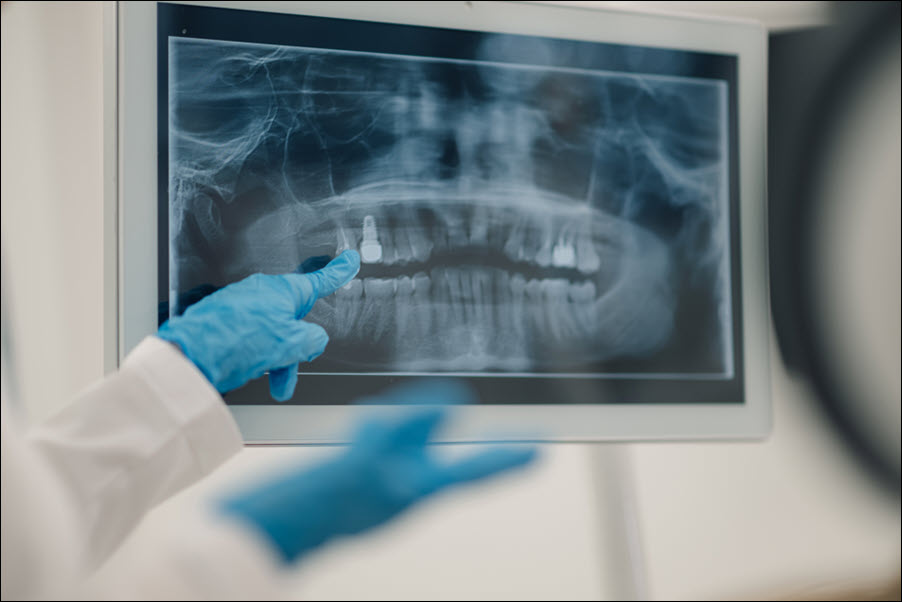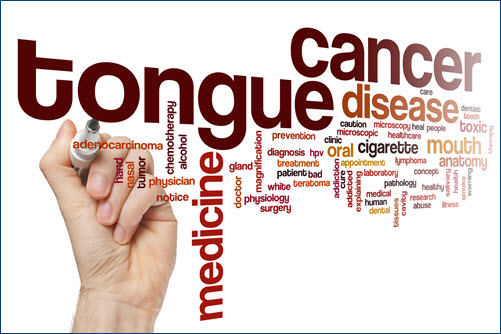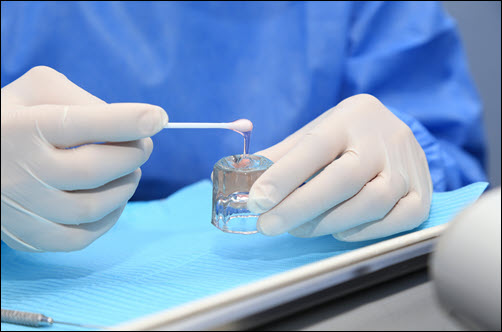Why Digital X-Rays Are Safer for Patients
X-rays play a critical role in diagnosing dental conditions, but many patients worry about radiation exposure. Digital technology now makes X-rays safer than ever. By reducing radiation, improving image clarity, and speeding results, digital X-rays benefit both patients and dentists. Understanding these advantages helps patients feel confident about modern dental care.
Reduced Radiation Exposure
Traditional X-rays used film and required high radiation levels to capture images. Digital sensors, however, need far less radiation—up to 90% less in many cases. This makes the technology safe for children, pregnant patients, and those requiring frequent scans. Safety protocols, like protective aprons and shields, further minimize risk. Patients gain peace of mind knowing diagnostics no longer carry significant radiation concerns.
Sharper, More Accurate Images
Digital systems produce high-resolution images that can be enhanced for detail. Dentists can zoom, adjust contrast, and highlight areas of concern instantly. This precision allows early detection of cavities, infections, and bone loss. Identifying problems at an earlier stage enables less invasive and more affordable treatment. Patients benefit not only from safety but also from improved outcomes.
Convenience and Efficiency
Film X-rays required chemical processing, often delaying treatment. Digital X-rays appear instantly on screens, allowing immediate review. Patients can see their own images and better understand diagnoses. Digital files are easily stored and shared electronically, making referrals and second opinions seamless. This efficiency improves patient education and accelerates treatment planning.
Environmental Benefits
Traditional X-rays relied on film and chemicals that generated hazardous waste. Digital technology eliminates these pollutants, reducing environmental impact. Dental offices adopting digital systems demonstrate commitment to eco-friendly care. Patients increasingly value practices that prioritize both health and sustainability.
Digital X-rays combine safety, accuracy, speed, and environmental responsibility. Patients receive lower radiation exposure and clearer diagnostics while enjoying faster, more convenient appointments. Embracing this modern technology reflects dentistry’s commitment to improved care and long-term patient safety.



 Oral cancer can develop in any part of the mouth. This includes the lips, tongue, cheeks, floor of the mouth, hard and soft palate, sinuses, and throat. It is a serious disease that, if not diagnosed and treated early, can be life-threatening. According to the American Cancer Society, more than 54,000 people in the United States are diagnosed yearly. Early detection significantly increases the chances of successful treatment and survival.
Oral cancer can develop in any part of the mouth. This includes the lips, tongue, cheeks, floor of the mouth, hard and soft palate, sinuses, and throat. It is a serious disease that, if not diagnosed and treated early, can be life-threatening. According to the American Cancer Society, more than 54,000 people in the United States are diagnosed yearly. Early detection significantly increases the chances of successful treatment and survival.
 Dental sealants are a fantastic way to prevent cavities, especially in children and teens. They’re thin, protective coatings applied to the chewing surfaces of the back teeth, where most cavities form. Sealants act as a barrier, keeping food particles and bacteria from settling into the grooves of your teeth. The best part? The application is quick, painless, and can protect your teeth for several years.
Dental sealants are a fantastic way to prevent cavities, especially in children and teens. They’re thin, protective coatings applied to the chewing surfaces of the back teeth, where most cavities form. Sealants act as a barrier, keeping food particles and bacteria from settling into the grooves of your teeth. The best part? The application is quick, painless, and can protect your teeth for several years.